In industrial automation and safety management, two critical systems ensure both the safety and efficiency of operations: the Safety Instrumented System (SIS) and the Distributed Control System (DCS). Both systems implement “interlocks” that trigger automatic responses to specific conditions in industrial processes, but their roles, purposes, and functions are fundamentally different. Understanding the distinction between SIS interlocks and DCS interlocks is essential for designing effective safety and control strategies in complex industries such as oil and gas, chemicals, and manufacturing.
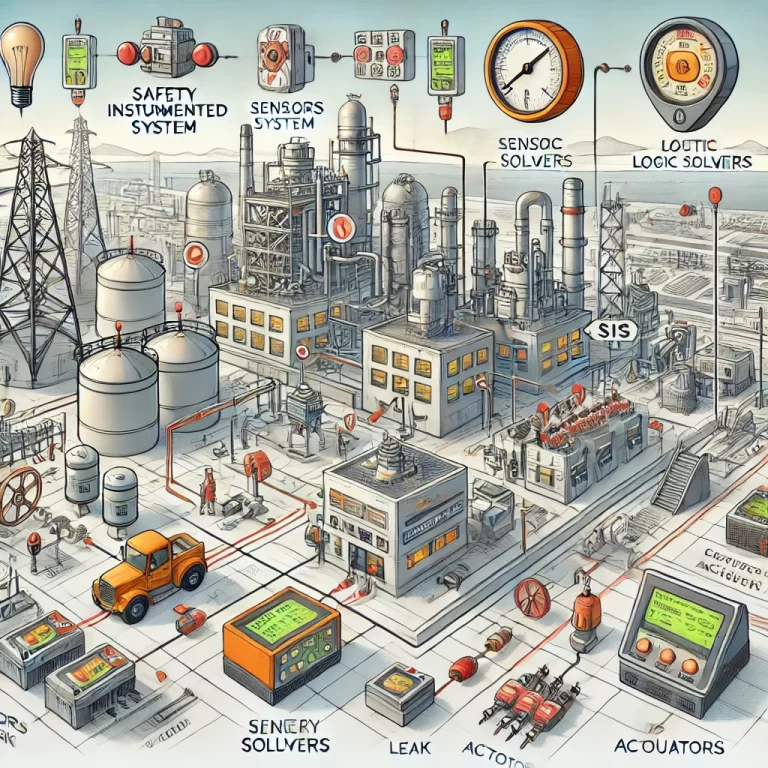
1. Function and Purpose
The most significant difference between SIS and DCS interlocks lies in their primary function and purpose.
SIS Interlocks:
The Safety Instrumented System (SIS) is designed with one overriding goal—safety. It is a system dedicated to preventing hazardous events that could endanger personnel, damage equipment, or harm the environment. SIS monitors critical process parameters, such as temperature, pressure, or flow, and intervenes automatically when an unsafe condition arises. For example, if pressure in a reactor vessel exceeds a safe limit, an SIS might trigger an emergency shutdown (ESD), closing valves and shutting down equipment to avert an explosion or catastrophic failure.The purpose of SIS interlocks is not to optimize production or control normal operations but to ensure the safety of the process in extreme conditions. This makes SIS an indispensable layer in a facility’s overall safety system. The system is designed according to stringent safety standards such as IEC 61511 and IEC 61508, ensuring its reliability in high-risk environments.
DCS Interlocks:
The Distributed Control System (DCS), in contrast, is primarily concerned with process control and the continuous optimization of plant operations. DCS is used to automate and monitor the production process, maintaining stable and efficient operation by controlling variables like pressure, temperature, flow rates, and equipment speeds. The DCS ensures that the production process runs smoothly and within normal operating limits. When deviations from normal operating conditions occur, DCS interlocks may take automatic actions such as adjusting control valves or stopping specific pumps to maintain optimal conditions.The primary purpose of DCS interlocks is to maintain the integrity of the production process, protect equipment from damage, and ensure operational efficiency. While they can also contribute to safety, they are not designed with the same stringent safety requirements as SIS and typically do not function in life-threatening situations.
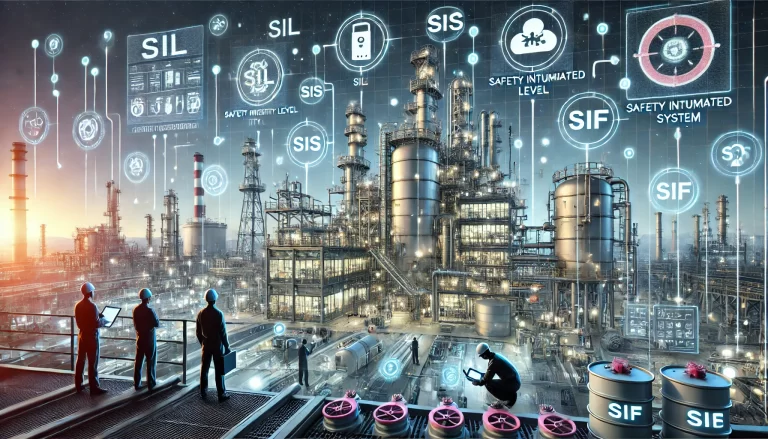
2. Application Scenarios
The way SIS and DCS interlocks are applied in industrial settings reflects their different priorities.
SIS Interlocks in High-Risk Scenarios:
SIS interlocks are deployed in processes where the potential for hazardous events is high and where even minor deviations could have disastrous consequences. Industries such as oil and gas, petrochemicals, nuclear power, and pharmaceuticals rely heavily on SIS systems. For instance, in a refinery, SIS interlocks are installed to trigger emergency shutdowns if a gas leak is detected, or if a reactor’s pressure rises to dangerous levels. In these cases, SIS acts as a safeguard that supersedes normal process controls to protect human life and prevent environmental disasters.DCS Interlocks in Process Optimization:
DCS interlocks, on the other hand, are used in day-to-day operations to optimize production processes. For example, in a chemical manufacturing plant, DCS might automatically adjust the temperature of a reactor by modulating a cooling valve when it detects that the reaction is getting too hot. While these interlocks help maintain process stability, they are not designed to handle life-threatening scenarios. DCS interlocks may stop or regulate parts of the process to prevent equipment damage, but the ultimate shutdown decision in a hazardous situation would be handled by SIS.
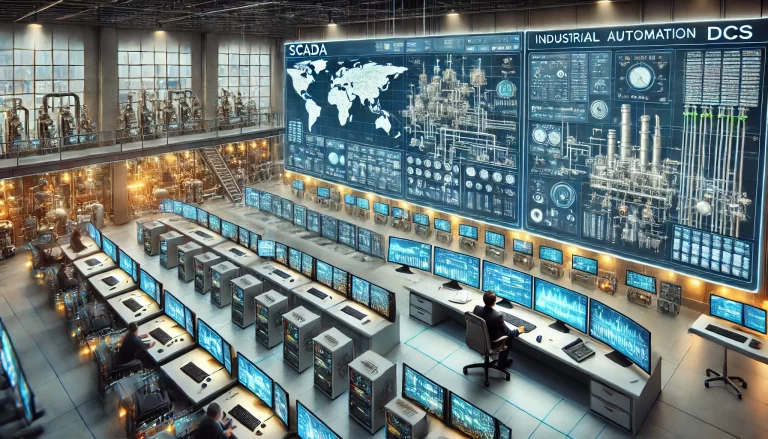
3. Independence and Integration
SIS Independence:
One of the key features of SIS systems is their independence from DCS. This independence is crucial to ensure that any failure in the DCS does not compromise the safety functions of the SIS. For example, if the DCS malfunctions or experiences a software error, the SIS must still be able to detect hazardous conditions and take corrective action. This independence is often achieved by using separate hardware, software, and communication channels for the SIS. In some cases, SIS systems are physically isolated from the DCS to further minimize the risk of interference.DCS Integration:
In contrast, the DCS is typically fully integrated with the plant’s automation system. It monitors and controls the entire process, from raw material input to final product output. All process variables—temperature, flow, pressure, and more—are continuously adjusted by the DCS to maintain optimal performance. While the DCS can include basic interlocks for equipment protection (such as stopping a pump when flow drops too low), its main focus is on the control and optimization of production, rather than safety in extreme conditions.
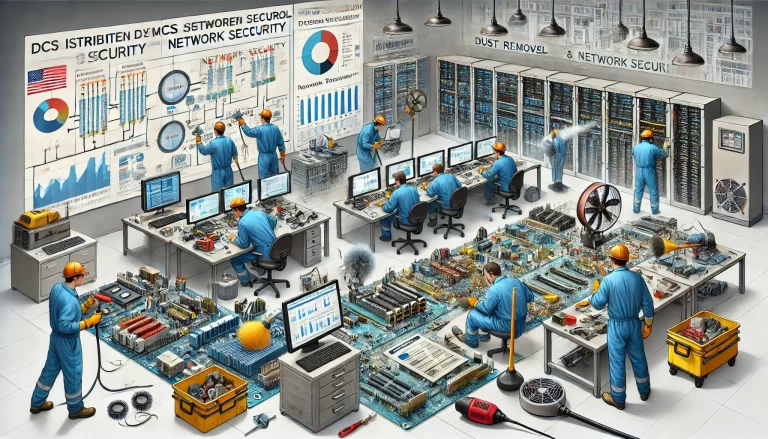
4. Reliability Requirements
SIS Reliability:
Since SIS systems are responsible for preventing dangerous incidents, they are subject to extremely high reliability requirements. Safety standards such as IEC 61511 and IEC 61508 define strict guidelines for SIS design, installation, operation, and maintenance. These systems must be thoroughly tested and regularly maintained to ensure they function properly in critical situations. Redundancy, fault tolerance, and regular diagnostic testing are integral to maintaining SIS reliability. Additionally, the Safety Integrity Level (SIL) rating of an SIS defines the probability that it will perform its intended safety function when required.DCS Reliability:
While reliability is also important for DCS systems, the level of scrutiny is typically not as high as for SIS systems. DCS systems are built to be robust and ensure that the production process runs smoothly, but they do not have the same life-critical requirements as SIS. Failures in the DCS might lead to lost production or equipment damage, but they are unlikely to result in catastrophic accidents unless coupled with other failures. However, the DCS must still provide high availability to ensure continuous production in industries where downtime is costly.
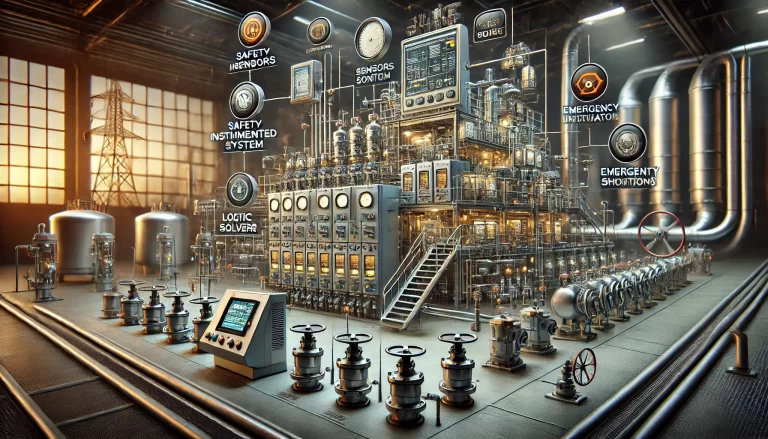
5. Summary
In summary, SIS and DCS interlocks serve distinct but complementary roles in industrial automation and safety:
SIS Interlocks are designed for safety, working independently from the control system to prevent hazardous situations from escalating into accidents. They are governed by rigorous safety standards and are focused on protecting personnel, equipment, and the environment.
DCS Interlocks are designed for process control, ensuring smooth and efficient operation of the production process. While they contribute to the overall integrity of the plant, they are primarily concerned with maintaining normal operations rather than handling emergency situations.
These two systems often work together, with the DCS ensuring efficient production and the SIS providing a critical safety net. Their separation and specialization allow for a layered approach to industrial safety, ensuring that even if one system fails, another remains in place to protect the plant and its personnel.
